Here’s what it’s like working as a software engineer in aerospace:
Software engineers in aerospace design electronic control systems for all aspects of flight, ranging from automated coffee pots to interstellar navigation.
Additionally, they design software tools for aerospace engineers that help them test new flight ideas.
The work requires a ton of learning and is often exciting.
So if you want to learn all about what working as an aerospace software engineer entails, then this article is for you.
Let’s jump right in!
- Software Engineering: How Much Fun?
- Software Engineering: How Hard?
- Programming: How Much Math Needed?
- Developers Prefer Dark Mode: Why?
- Software Engineer After Mechanical Engineering: How To?
- MTS & Software Engineer: Difference?
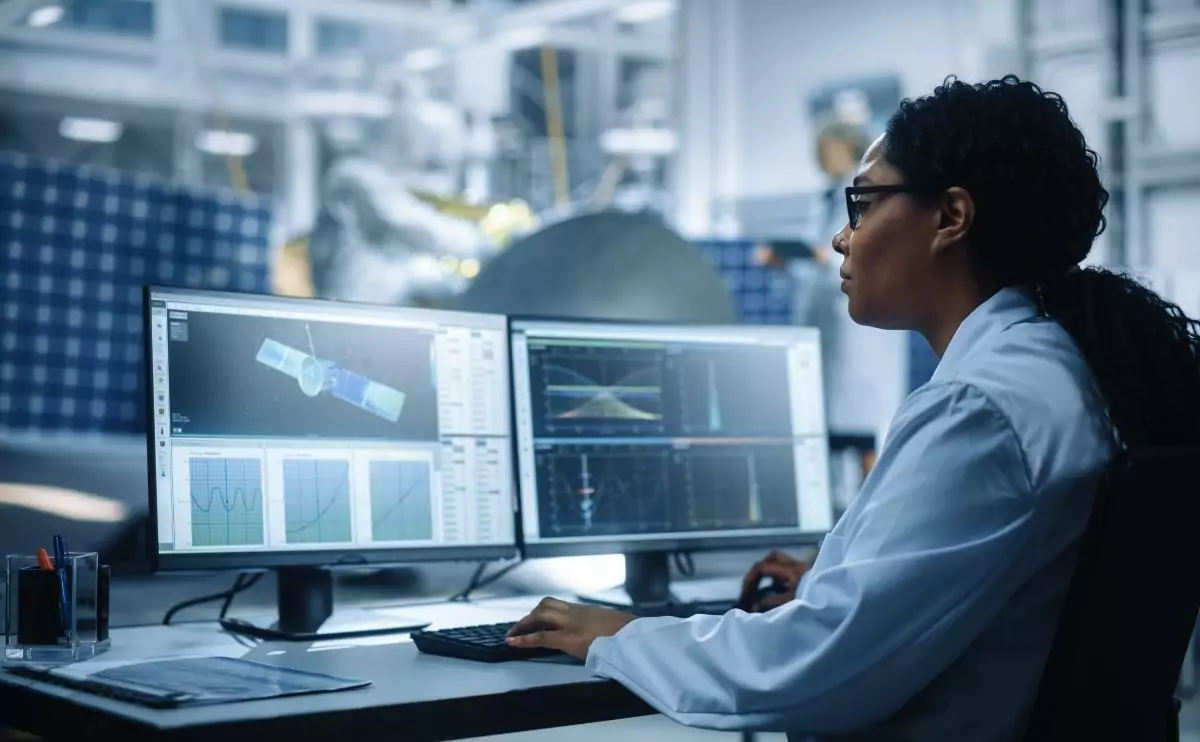
What Do Software Engineers Do in Aerospace? (4 Tasks)
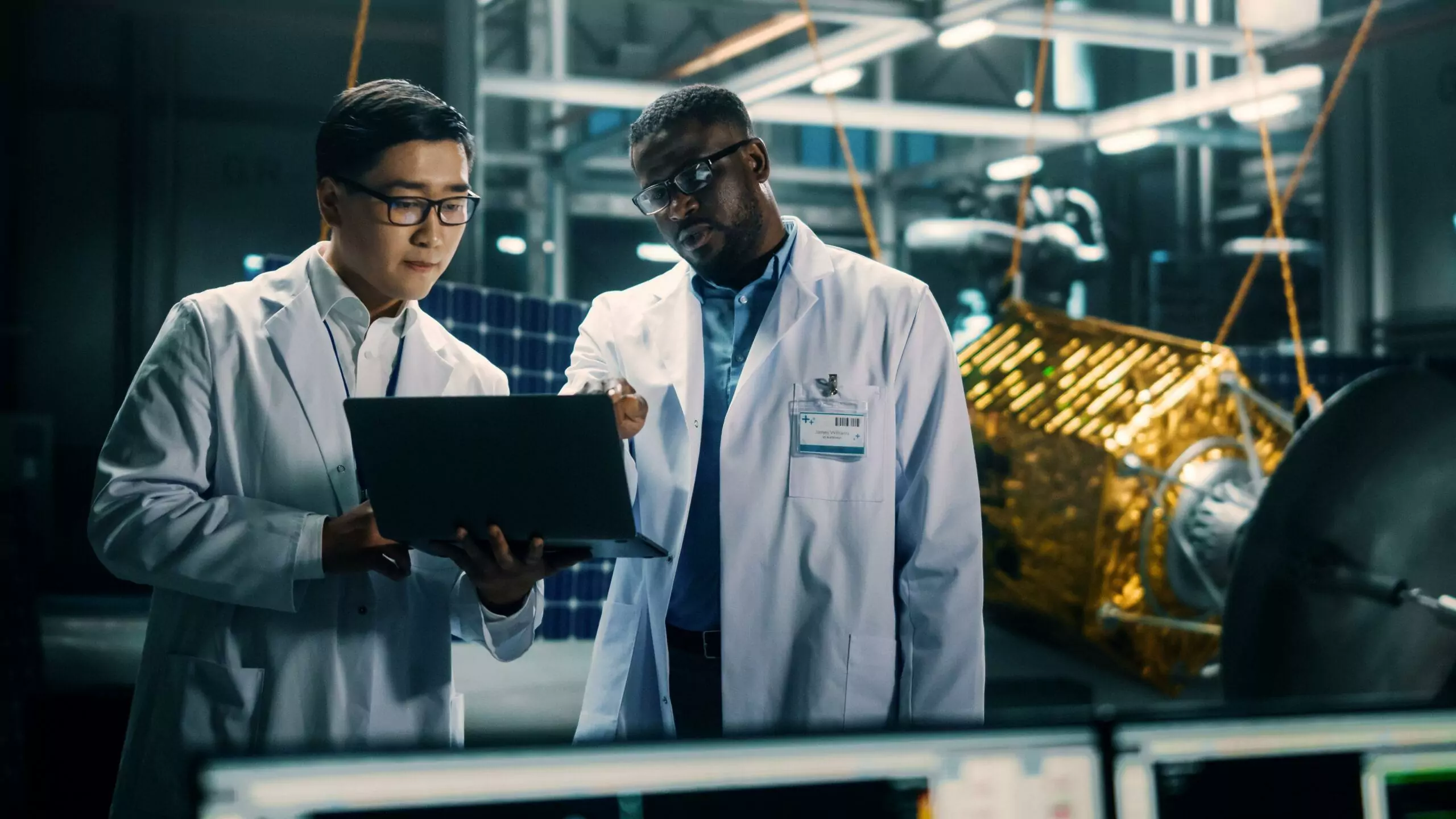
Before we jump into the specifics of what it’s like to be a software engineer working in aerospace, it probably helps to nail down some of the specific things that software engineers do in general.
Whether you’re working for Microsoft, Boeing, or any other employer, there are some consistent expectations within the field of software engineering.
These are the generic kinds of things that you can expect to do as a software engineer, and in many cases, any one of these things will take up the majority of your time at work.
#1 Designing Software
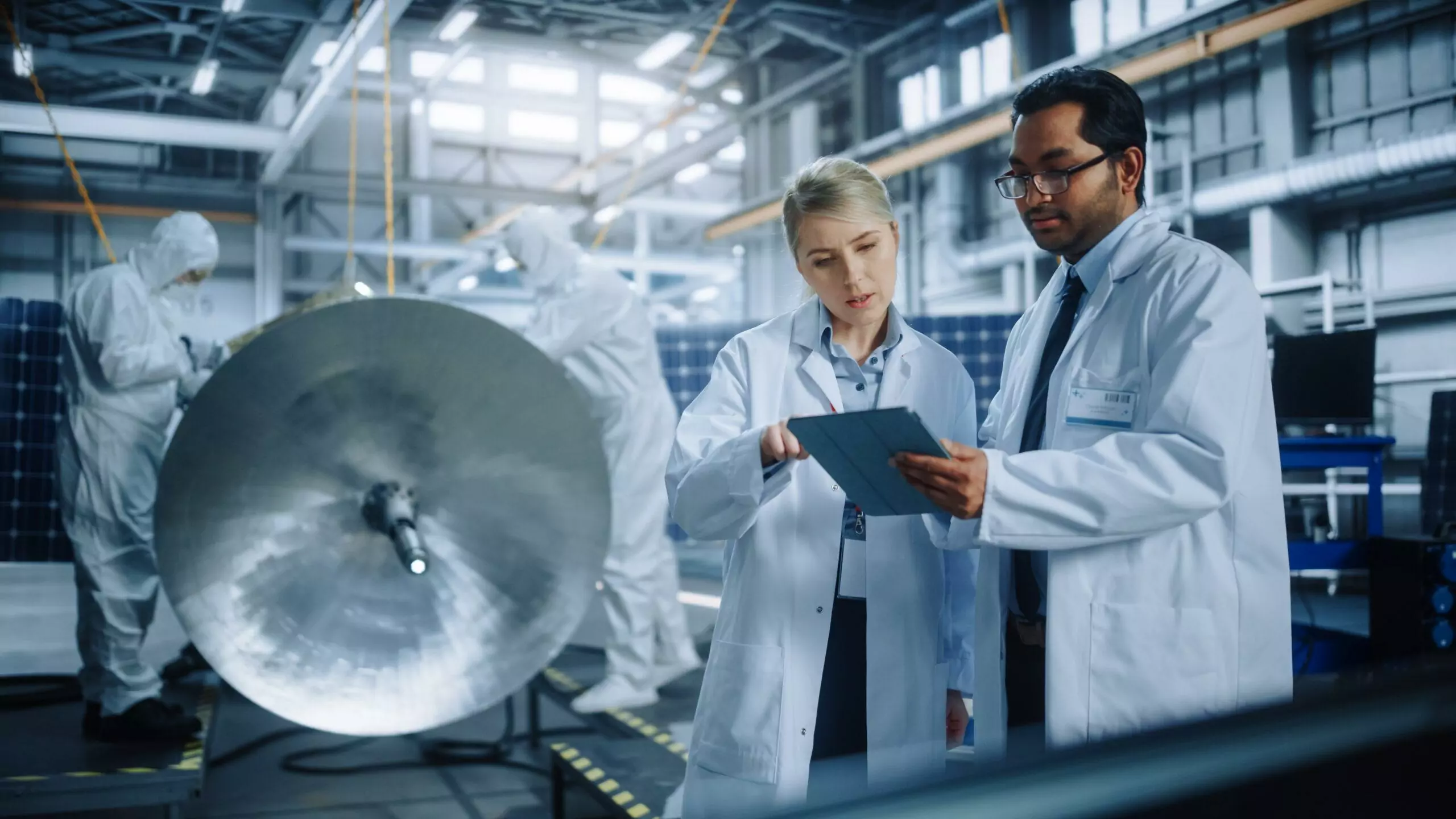
This is the task you would probably guess if you have never worked in anything related to software engineering, and your guess is correct.
One of the primary roles of a software engineer is to design software.
That sounds redundant, but when you get down into the details of what this means, it’s often surprising to people.
Software engineers don’t necessarily write a lot of code (it depends on the capacity of the team working on the software).
Typically, the primary role of the engineer is to figure out how all of the pieces of software should fit together.
They can often delegate coding those specific pieces to qualified programmers.
The point here is that software engineers are in charge of the big picture when it comes to creating new software.
#2 Managing Teams

Considering what you just read, this part won’t be too surprising.
The level of management required of a software engineer really depends on the specific job at hand.
For a brand-new startup with only five employees, the software engineer might be a bit of a one-person army, with no team to manage.
At major software firms, software engineers usually do have teams of programmers working under them.
While designing software is important, actually managing the team is just as important, and it eats up a lot of time in a software engineer’s day.
This is also true if you’re a software engineer who doesn’t actually design software (more on that in a bit).
Team management is essential for many software engineering roles, and that remains true when working on aerospace projects.
#3 Designing Tests
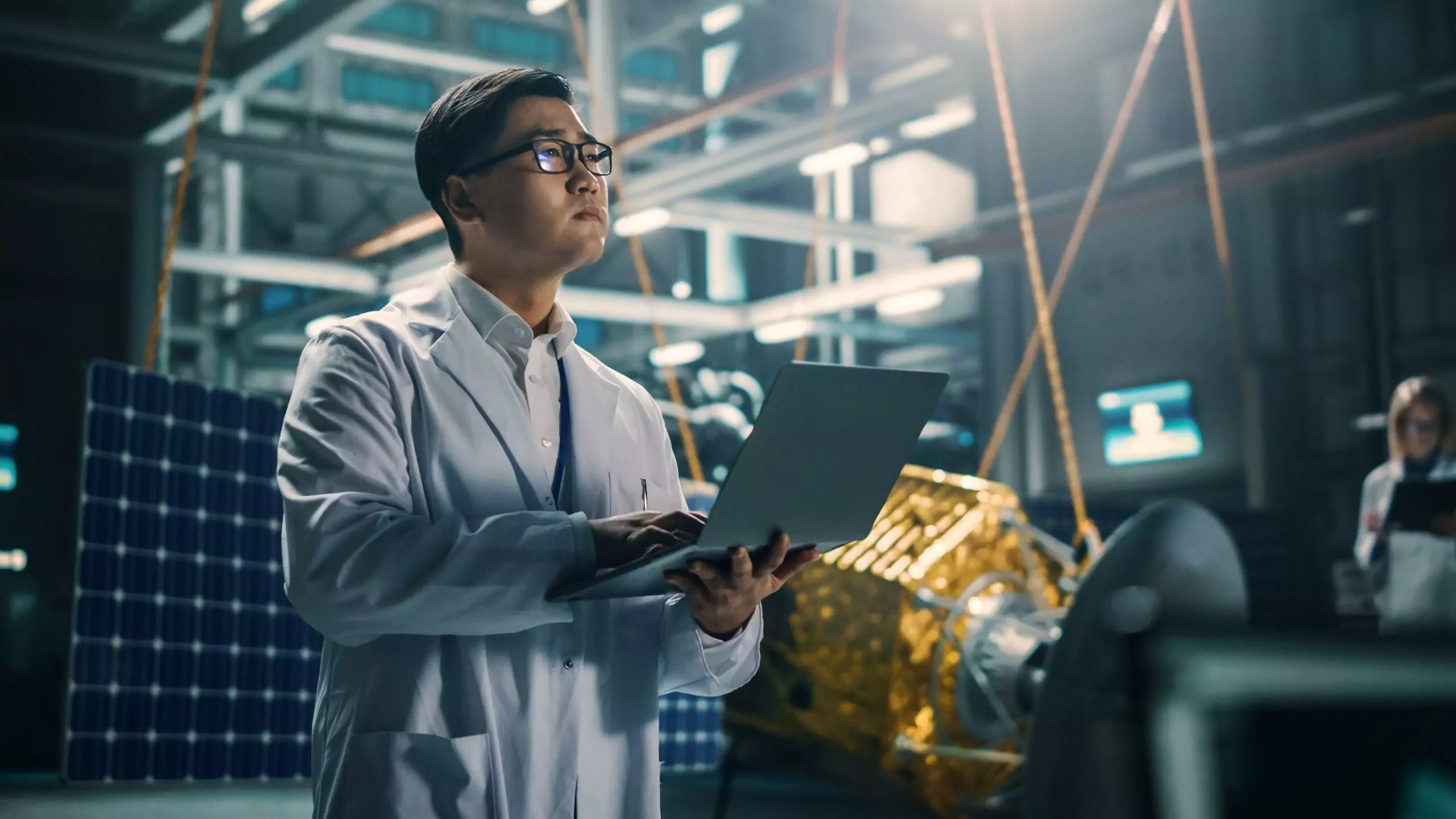
This will be a very important fact when we get deeper into the specifics of software engineering in aerospace, but the truth is that it’s a general part of the job.
Many software engineers don’t actually design programs or software at all.
Instead, they’re solely responsible for testing software.
The truth is that modern software can be massive and complicated beyond description.
At the same time, very important things often depend on software (like life-saving medical devices).
The simple fact is that you absolutely need your software to work as intended, and the only way to be sure is to test it thoroughly.
That’s why many software engineers work solely in this function.
They design tests to ensure that software is up to par before it is made available to customers.
Keep in mind that this still often requires the engineer to run a whole team.
You might need a group of programmers to actually run your tests under all of the different conditions needed to sign off on a bit of software.
#4 Executing Tests

This part again depends on the company structure.
The lone wolf software engineer at a startup might have to literally run all of their own tests, but that’s not really what I mean by this.
Software tests can give back a lot of different results.
The software engineer is in charge of managing and interpreting those results.
They have to decide if the tests are conclusive and what to do with those conclusions.
Sometimes, things are obvious and a test finds a critical error that needs fixing, and you can send that back to the design team.
In plenty of other cases, it isn’t so clear.
Software engineers are responsible for major decisions regarding how tests are actually executed, how to read those tests, and the best way to move forward with those results.
How Does Software Engineering Connect With Aerospace? (3 Things)
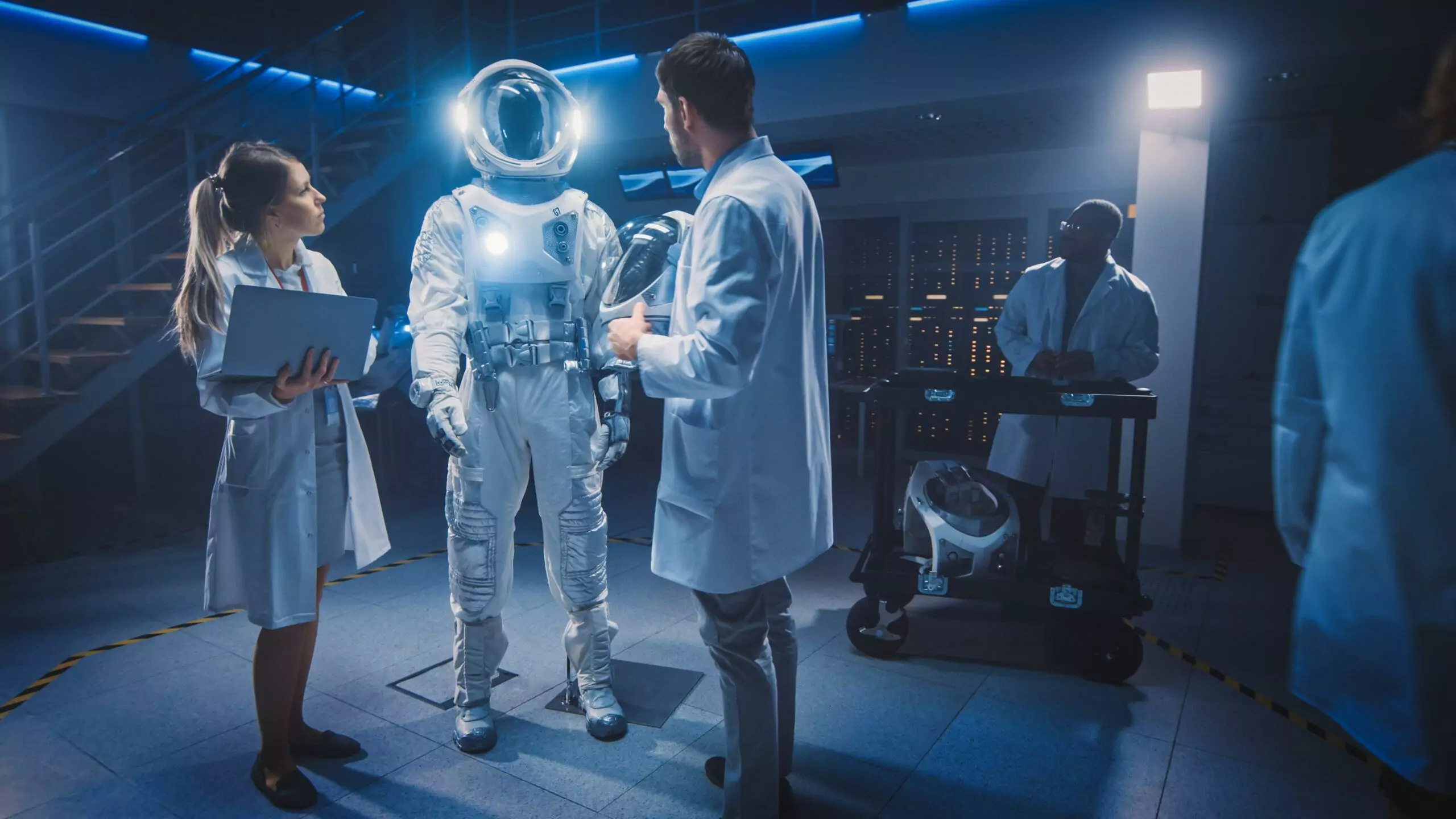
That’s a pretty good summary of software engineering at large.
With that background information, we can really dig into what software engineering is like when it is applied to aerospace.
First, we’re going to explore common jobs and tasks for software engineers in this field.
Then, we’ll wrap it all up by exploring how you might feel working in this capacity and some of the situations you can expect as a software engineer.
#1 Designing Tools
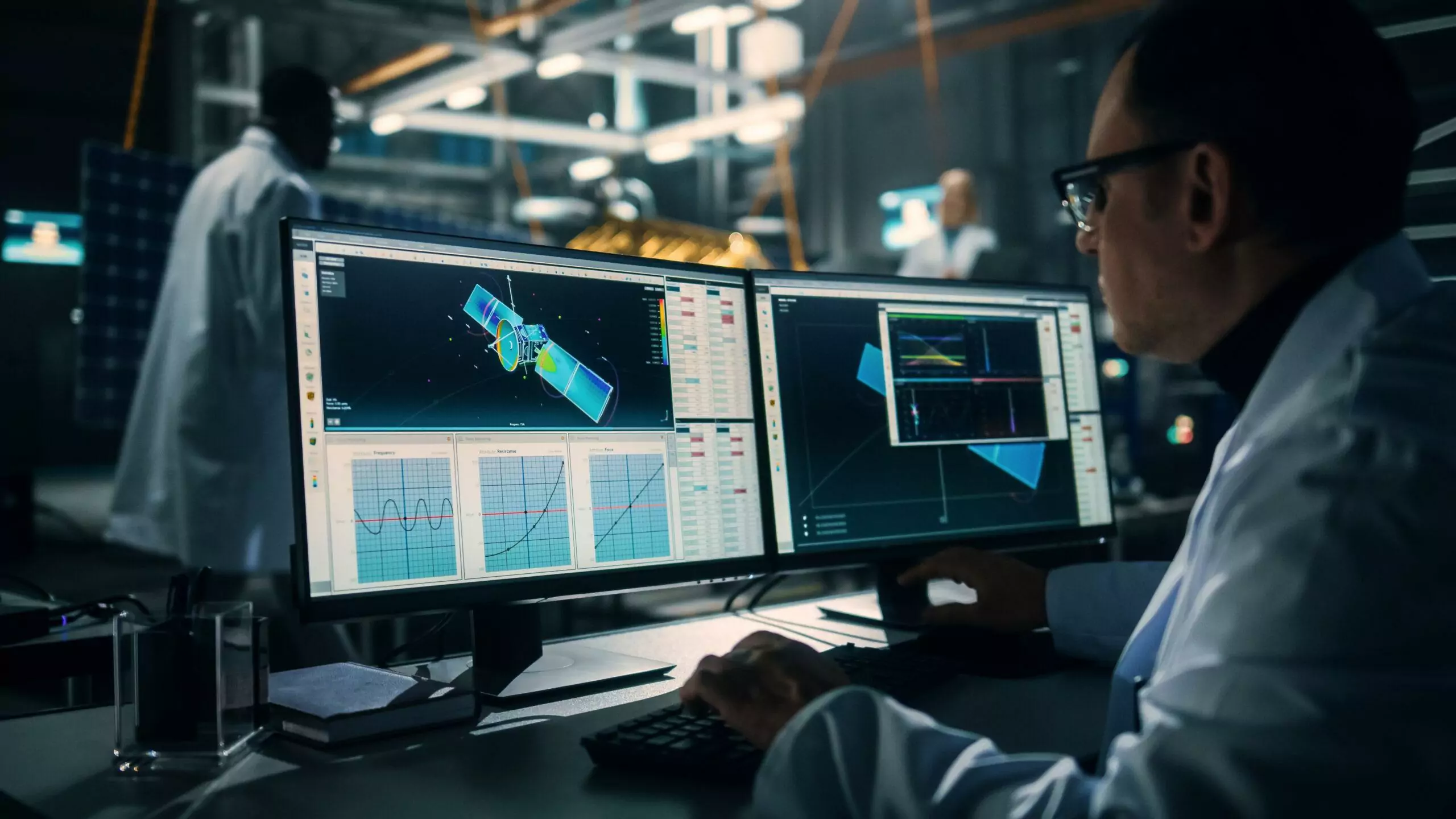
Modern flying machines use a lot of computer tools.
Airplanes have navigation systems, computerized controls, digital communication, multimedia displays, and more digital components than we could hope to count in a week.
The same holds true for spacecraft.
All of the automation and advanced technology that you expect in these crafts ultimately runs on software, and software engineers have to design all of it.
From robotic space arms that maintain space stations to the software that controls the passenger TV screens on a commercial flight, every system requires design.
It’s a lot.
One way to think of it is that software engineers are making all of the digital tools that enable modern aircraft and spacecraft to function.
You’re not building the airplane.
Instead, you’re building just one of many virtual assets that the airplane requires. It’s both very specific and very complicated, all at the same time.
#2 Aerospace Design
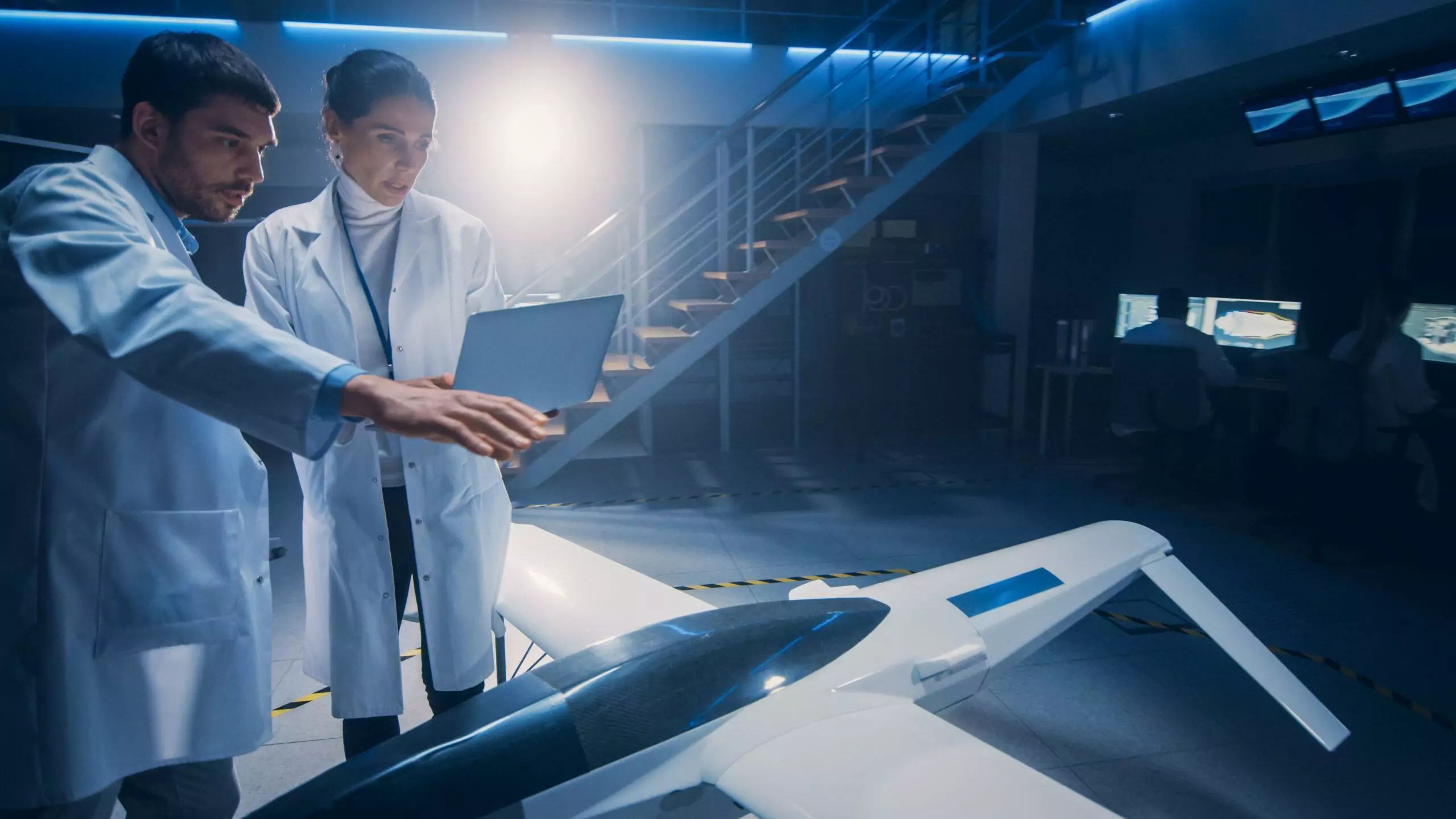
Here’s where software engineering in this space is even more interesting.
Designing the next great airplane (or missile, or mars lander, or whatever else) isn’t easy.
In fact, modern aerospace engineers rely heavily on advanced computer modeling, AI, machine learning, and other software tools in order to succeed.
Who makes all of those tools?
Yeah, it’s software engineers.
That means that working in this field, you might not be working on actual aerospace components at all.
Instead, you’re designing tools that help aerospace engineers come up with and test new ideas.
It’s a bit of a meta idea and deep in the weeds, but it can also be extremely fascinating.
You could be creating a software system that can virtually test the stress limits of experimental materials.
That’s just one specific example of how software engineers are deeply entwined with the advanced science and engineering that go into aerospace.
#3 So Much Testing
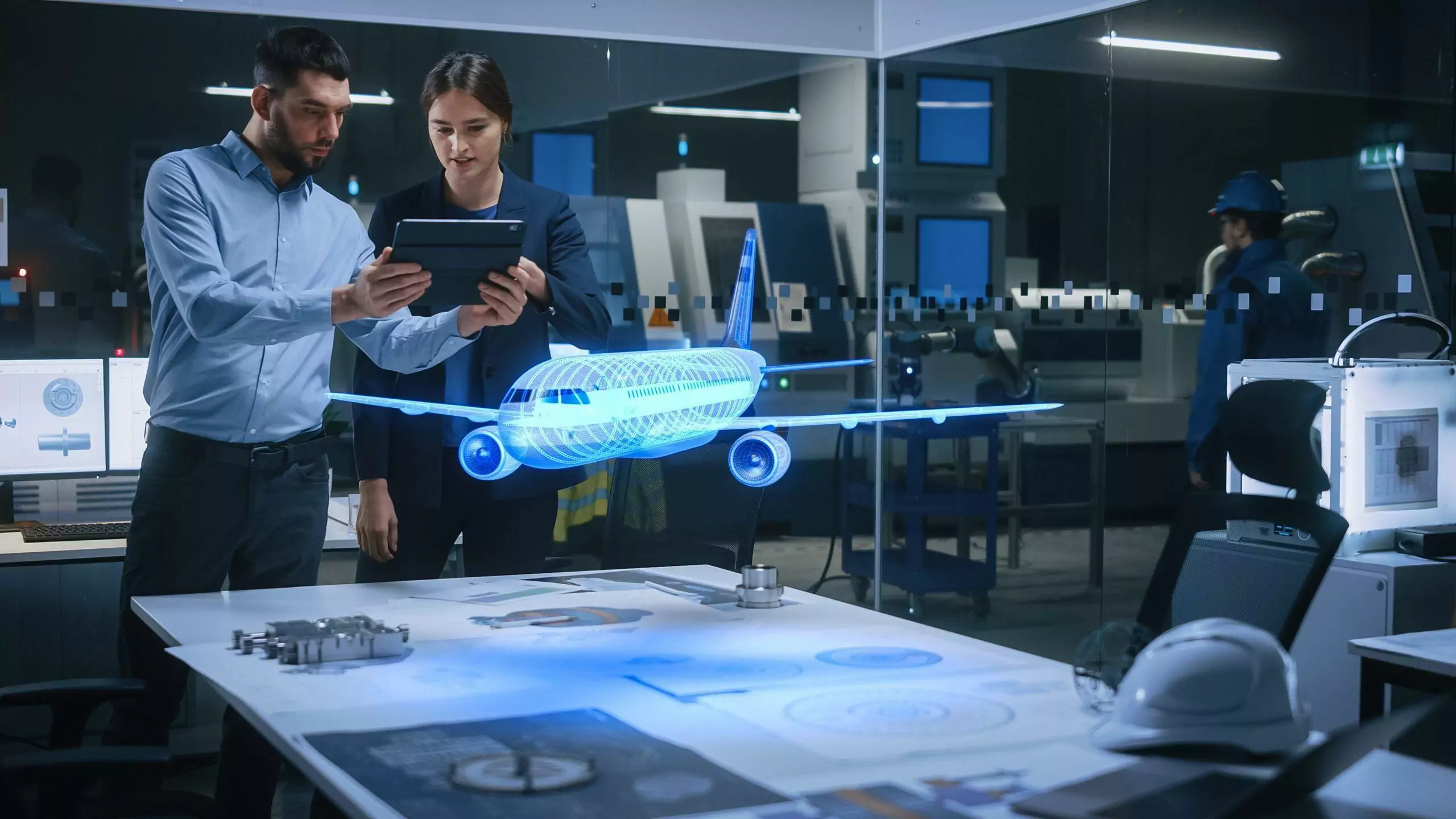
And, we’re back to testing.
We already talked about how important testing is for software.
How much more important is it to thoroughly test flight control software before you put passengers on an airplane?
On the other end of the spectrum, you want to be sure that your software models are reliable before you invest billions of dollars in a new design material that doesn’t necessarily work as anticipated.
The stakes can be pretty high in aerospace, and testing is a major facet of how it all works.
It’s not uncommon for aerospace projects to span multiple decades.
You can bet that countless tests are run through those spans of time, and software engineers are designing and managing those tests all along the way.
So, How Does It Feel to Be a Software Engineer in Aerospace?
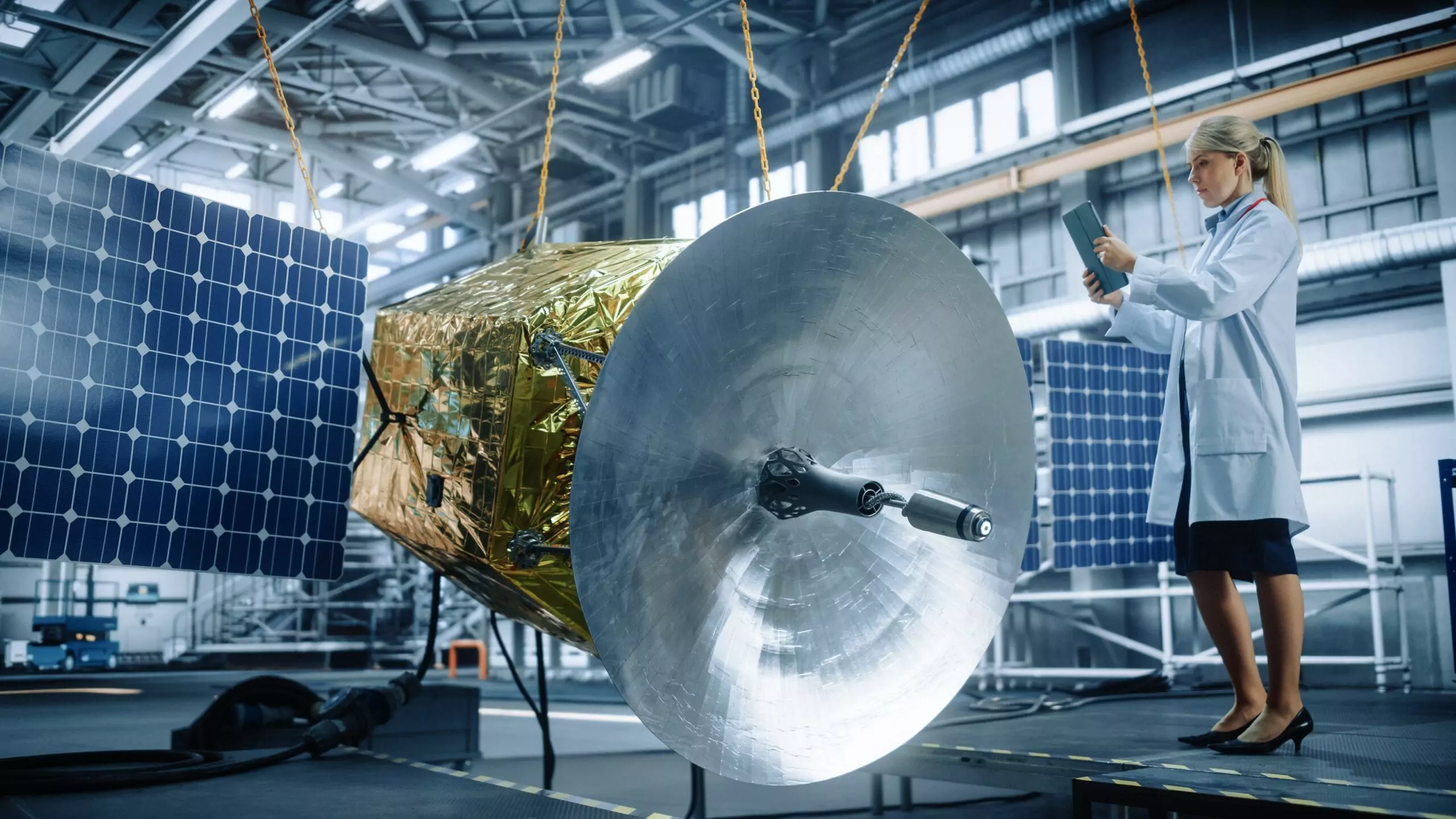
That gives you a broad idea as to what the actual work looks like when you’re a software engineer working on aerospace projects, but it also leaves a lot unsaid.
What does it actually feel like to be the software engineer on these projects?
What kinds of things can you expect?
I could write a whole encyclopedia on the topic, and it still wouldn’t cover everything, so I’m not going to try.
Instead, I’m going to point out a handful of things that catch a lot of newcomers off guard when they start a project and try to give you a good feel for the work without being too long-winded.
I already mentioned that aerospace projects can take more than a decade.
Think about how much computers and software advance every decade.
It’s a lot.
Now, think about how much additional design and testing a company would have to go through if they updated all of their design software in the middle of one of those projects.
That’s also a lot.
When you join an aerospace project, there’s a very good chance that you’re going to have to work with some old stuff.
That means you’ll be learning on the job, and you’ll have to figure out how to get modern performance out of old hardware and software.
It’s an interesting challenge.
But, that’s not the extent of what you’ll learn.
Depending on your specific project, you might have to learn a lot about physics, aerodynamics, rocket systems, guidance, navigation, carbon dioxide filtering, or any number of other specific scientific topics.
To an extent, you’re going to become a bit of an expert in whatever scientific niche applies to the software you are designing.
What does all of that feel like?
If you enjoy the challenges in this work, then aerospace can be one of the most rewarding areas for a software engineer.
On top of that, you’ll almost certainly be working on secret projects and pushing the envelope of one of the cooler aspects of science and engineering.
If any aspect of flight excites you, you’ll probably love being a part of those projects.
But, if you don’t have that enthusiasm, then dealing with the learning, old systems, and unique challenges of aerospace might not be for you.

